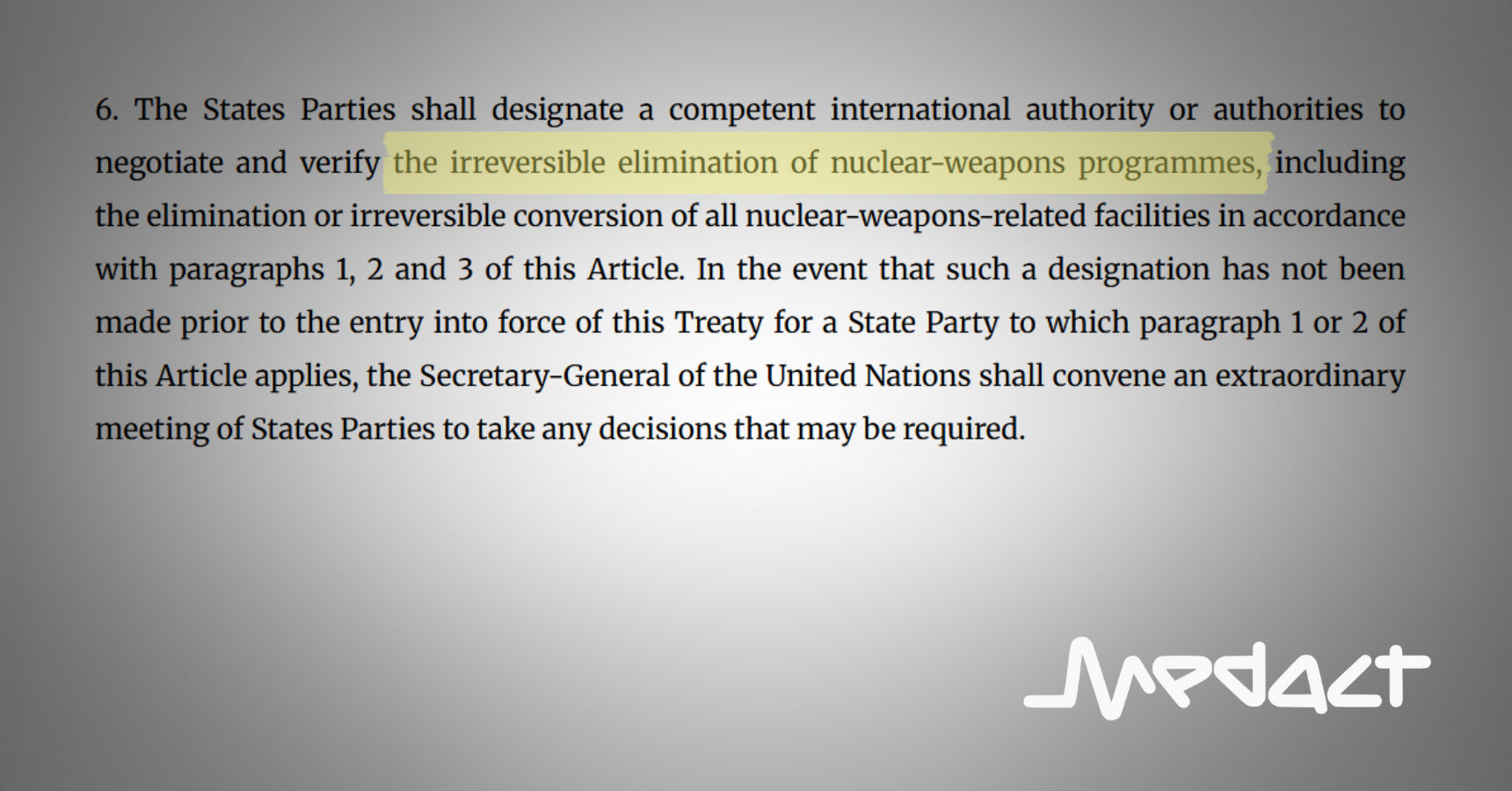
Given that nuclear deterrence is not infallible and that nuclear war is not survivable, it follows logically that humanity must divest itself of these nuclear weapons of mass destruction.
The reasoning is simple, unassailable and clear, but the question is how? How can we rid ourselves of nuclear weapons?
Before we can start, we have to clear our minds of the thought patterns that hold us in mental paralysis. “It cannot be done”. “There is no point”. These lines of code, whether conscious or unconscious, are operational in our minds and hold us back from taking a first step.
We must be honest, it is not going to be easy. Nuclear deterrence is sustained by battalions of highly trained officials who have devoted their whole working lives to nuclear deterrence, who are well paid, educated in the minutiae of the debate, who have privileged access to the media, and who are not going to give up their livelihoods lightly in response to our request.
On the other hand, seven billion humans are not going to lightly give up their lives and those of their descendants because a tiny clique of deterrence theorists have made a certain miscalculation. We are many, they are few. We have both reason and humanity on our side. More importantly, a significant act of nuclear disarmament has already been done. In 1991, the START 1 Treaty was signed, and over the next decade 80% of strategic weapons were eliminated. Numbers were reduced by a factor of four! This was a huge achievement, a tribute to the hundreds of thousands of ordinary, and extraordinary, people across the world who demonstrated against nuclear annihilation.
However, START 1 still leaves us with over 12,000 nuclear weapons in use, 60 times greater than the number which would be required to bring about a nuclear winter. These 12,000 are in the hands of nine regimes, some of whom are more rational and responsible than others, and none of whom being paragons of wisdom and virtue. So what to do?
We still live in a democracy, and the essential questions we can put to our representatives, once they have agreed that nuclear deterrence is not infallible, is exactly what resources governments are putting into building trust with the United States, Russia or China as a proportion of the resources put into the manufacture and deployment of our nuclear weapons?
In comparison with the psychological process of trust building, the pathway that politicians and officials will have to follow to bring about NW reduction and elimination is relatively simple.
The Global Zero Organisation has developed a clear road map that leads to the total abolition of nuclear weapons by all sides. In brief, it consists of the following four steps:
Phase I
Russia and the U.S. cut their nuclear arsenals from over 5,000 warheads to 1,100 warheads each.
Nuclear-armed states engage in direct talks to strengthen global stability, reduce nuclear risks, and set the stage for further arsenal cuts.
Nuclear-armed states commit to never using nuclear weapons first.
Phase II
Russia, the U.S., and China cut their nuclear arsenals to 300 warheads each.
All other nuclear-armed states agree to not exceed this limit.
Nuclear-armed states continue direct talks to further global stability, strengthen monitoring and verification, and develop a framework for the Global Zero Accords.
Phase III
All nuclear-armed states negotiate, sign and ratify the Global Zero Accords, a binding international treaty that removes all nuclear weapons from military service within two years, and requires the complete destruction of nuclear warheads by 2045.
Phase IV
All remaining nuclear weapons are removed from military service within two years of the Global Zero Accords entry into force, and all nuclear weapons are dismantled by 2045.
Universal prohibition, verification, and enforcement continues.
Finally, Article 4 of the TPNW provides the official mechanism for the Action Plan to be implemented.
In conclusion, since the warlike use of nuclear weapons would result in the destruction of human civilisation, and since the nuclear deterrence system is capable of failure, and since it is possible for the international community to eliminate, totally, the presence of nuclear weapons from the world, we, the people, must bring effective pressure on our leaders to eliminate them.
This piece connects to our previous blog: The Fallibility of Nuclear Deterrence.
